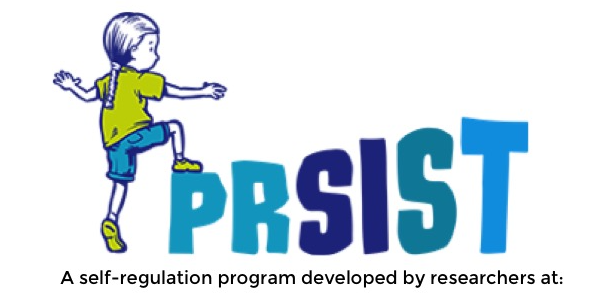
Puppet Persuasion
What to do: Using a doll or puppet–let’s call them Polly–tell the child(ren) that you are trying to encourage Polly to do something that will be good for them (e.g., eat vegetables, take a nap, clean up before lunch) but they don’t want to do it. Have the children help you come up with strategies for how you might convince Polly to engage in this behaviour. Have the children speak to Polly to help in this persuasion. Feel free to get creative with scenarios, including making links to feelings (e.g., ‘Polly climbed a tree, got stuck and started crying – how might we help?’)
Don’t make it too easy for the children; feel free to be less cooperative and tell the children a strategy hasn’t worked (e.g., I still don’t want to) and you need their help to come up with a different one. Putting on a character voice for Polly, or having Polly whisper a response in your ear that you then share with children, will serve to enrich the make-believe situation. Support children in generating new strategies that they may not have considered before (e.g., like the child who came up with the ingenious idea to ‘pretend that we like to clean up – it will be like a game’).
Too easy? How to increase challenge: Have children try these strategies with their peers at appropriate intervals, still supporting and moderating the interaction in case these strategies are not immediately effective.
Ideal formation(s): Individual or small group.
What you need: A doll or puppet, and props to enrich the make-believe scenario (if available).
What it does: This activity challenges children’s ability to consider others’ perspectives and find new ways of thinking and persuading that the child may not have considered before. It engages children in problem solving and planning, as well as providing opportunities to develop higher levels of tolerance to frustration. While children may feel frustrated when the puppet is not initially receptive to their persuasions, success after repeated attempts highlights the value of persistence for children.
Links to EYLF:
- Openly express their feelings and ideas in their interactions with others; Respond to ideas and suggestions of others (from Outcome 1.1)
- Begin to initiate negotiating and sharing behaviours; Take considered risks in their decision-making and cope with the unexpected; Persist when faced with challenges and when first attempts are not successful (from Outcome 1.2)
- Display awareness of and respect for others’ perspectives (from Outcome 1.4)
- Gradually learn to ‘read’ the behaviours of others and respond appropriately (from Outcome 2.1)
- Listen to others’ ideas and respect different ways of being and doing (from Outcome 2.2)
- Participate with others to solve problems and contribute to group outcomes (from Outcome 2.4)
- Show an increasing capacity to understand, self-regulate and manage their emotions in ways that reflect the feelings and needs of others (from Outcome 3.1)
- Persist even when they find a task difficult (from Outcome 4.1)
- Apply a wide variety of thinking strategies to engage with situations and solve problems, and adapt these strategies to new situations (from Outcome 4.2)
- Contribute their ideas and experiences in play, small and large group discussions; Express ideas and feelings and understand and respect the perspectives of others (from Outcome 5.1)




